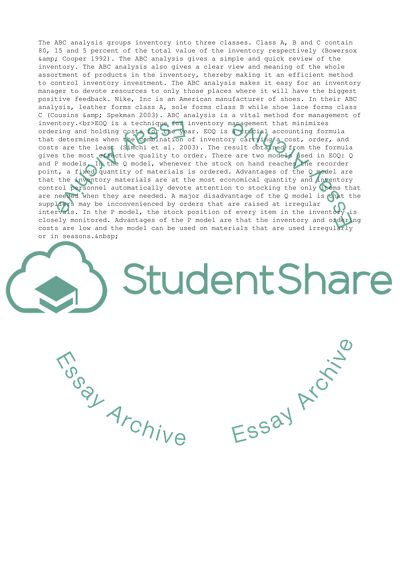Cite this document
(“Methods of Inventory Management Admission/Application Essay”, n.d.)
Methods of Inventory Management Admission/Application Essay. Retrieved from https://studentshare.org/management/1739583-operation-management
Methods of Inventory Management Admission/Application Essay. Retrieved from https://studentshare.org/management/1739583-operation-management
(Methods of Inventory Management Admission/Application Essay)
Methods of Inventory Management Admission/Application Essay. https://studentshare.org/management/1739583-operation-management.
Methods of Inventory Management Admission/Application Essay. https://studentshare.org/management/1739583-operation-management.
“Methods of Inventory Management Admission/Application Essay”, n.d. https://studentshare.org/management/1739583-operation-management.


